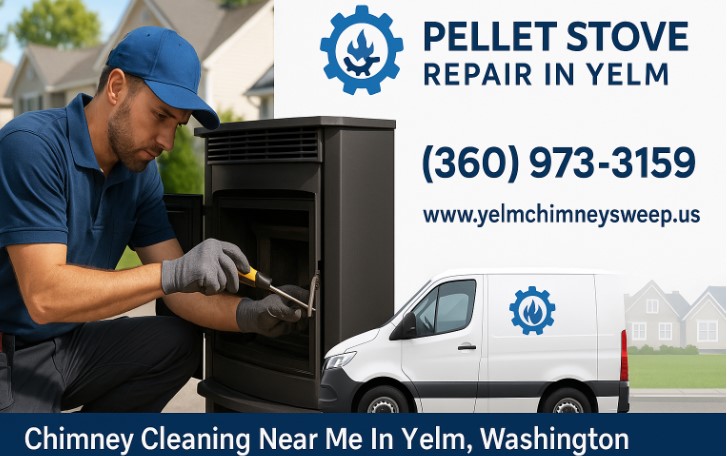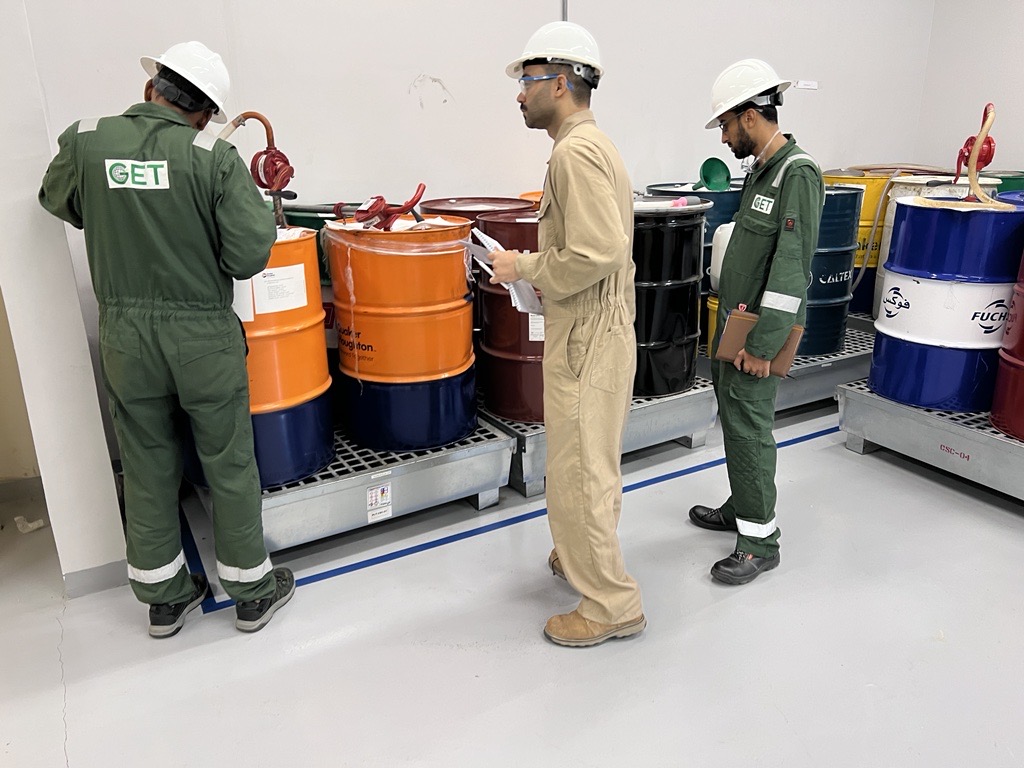When winter hits hard in Yelm, Washington, nothing beats the cozy warmth of a pellet stove. It’s eco-friendly, cost-effective, and gives that woodsy charm without the hassle of chopping logs. But what happens when your trusty pellet stove stops keeping your toes warm? If you’ve found yourself bundled up in layers indoors wondering why the heat just isn’t cutting it anymore—don’t worry, you’re not alone. Many homeowners in Yelm face the same issue every year. You may just need a few tweaks, a better understanding of your system, or even Pellet Stove Repair in Yelm.
What Could Be Blocking the Heat?
One of the most common culprits behind poor heating is airflow obstruction. Think of your stove like a fireplace that breathes—if it can’t pull in air or push out smoke properly, it won’t run efficiently.
Here’s a quick list of things that could be clogging the system:
- Ash Build-Up: Even a thin layer of ash can trap heat inside the unit.
- Clogged Vent Pipes: Pellets create smoke, and that smoke needs a clear escape route.
- Dirty Heat Exchanger: When this is blocked, heat doesn’t circulate into your room.
- Blocked Intake Valve: If fresh air can’t get in, combustion becomes weak.
Pro Tip: Schedule a full professional cleaning before and after the winter season to keep things in tip-top shape.
Are You Using the Right Pellets?
You’d be surprised how much of a difference pellet quality makes. Not all pellets are created equal—especially when you’re battling through Yelm’s cold snaps.
|
Pellet Type |
Heat Output |
Ash Content |
Best Use |
|
Hardwood Pellets |
High |
Low |
Long-term, consistent heat |
|
Softwood Pellets |
Very High |
Medium |
Quick warm-ups |
|
Utility-Grade Pellets |
Low |
High |
Outdoor/garage use only |
If your stove isn’t heating properly, check the bag. Premium pellets burn cleaner, hotter, and safer. Cheap pellets might save money up front, but they cause clogs and ash build-up that cost more in the long run.
Could It Be a Settings Issue?
Sometimes, it’s not the stove—it’s the settings.
Newer pellet stoves come with programmable thermostats, blower settings, and feed rates. If these aren’t properly adjusted, your stove may underperform even when it’s mechanically fine.
Here’s how to get started:
- Check Thermostat Settings
Make sure the room temp setting isn’t too low. Set it at least 3–5°F higher than the current temperature. - Adjust Pellet Feed Rate
Too few pellets = not enough heat. Too many = wasted fuel and excessive ash. Most stoves have a dial or control button. - Test the Blower Speed
High blower = more circulation. Lower it if the air feels cold but strong—it might be pushing heat out too quickly.
When Should You Call for Help?
If you’ve cleaned, checked, and tweaked everything and your pellet stove still isn’t heating well, it might be time to call in the pros.
Look for these warning signs:
- Loud, strange noises from the motor
- A persistent smoky smell indoors
- Constant shutdowns or error codes
- Poor flame quality (too low or flickering)
Don’t attempt DIY fixes on electrical or internal components unless you’re experienced. It can be risky. Most professional services in Yelm are affordable and offer seasonal discounts. And trust us—safety and cost are always better balanced when experts are involved.
“A pellet stove is like a pet—you’ve got to feed it right, keep it clean, and it’ll keep you warm and happy.” – Local technician in Yelm
Key Features of a Well-Maintained Pellet Stove
To help you stay cozy all winter, here are some things your pellet stove should always have:
- Clean Burn Chamber – No soot, smooth flame.
- Properly Functioning Blowers – Quiet but powerful air push.
- Efficient Venting – Clear pipes mean steady heat.
- Low Operation Cost – Minimal pellet use for max warmth.
- Built-in Safety Features – Auto shut-off, sensors, and alerts.
All these features not only improve heating but also ensure safety and reduce long-term cost, making pellet stoves a smart investment for Yelm homeowners.
How Do You Keep It Running Smoothly?
Maintaining your stove doesn’t have to be a chore. Here’s a simple weekly checklist during the heating season:
- Empty the ash pan – Ash blocks airflow and heat.
- Wipe the glass – Helps monitor the flame easily.
- Vacuum the burn pot – Prevent clogs and misfires.
- Inspect the hopper – Remove sawdust or crumbled pellets.
- Check the vent pipe – Especially after windstorms.
Tip: Use a shop vac with a metal hose for ash cleanup. Never use water or household vacuums—they’re not designed for hot ash and can be a fire risk.
Is It Worth the Trouble?
Absolutely. Pellet stoves are one of the most cost-effective and eco-friendly ways to heat your home in Yelm. When they’re running right, they:
- Use renewable fuel
- Reduce your heating bill
- Require minimal daily attention
- Are safe for indoor heating with the right maintenance
The key is keeping up with routine care and knowing when to call for Pellet Stove Repair in Yelm. A little attention now saves a lot of cold nights later.
Final Thoughts
If your pellet stove isn’t heating properly, don’t panic. Whether it’s clogged vents, low-quality pellets, or a simple setting issue, most problems are easy to fix once you know what to look for. Start with a good cleaning, adjust your settings, and check your fuel quality. And if it’s still acting up, call in a trusted Yelm technician to take a closer look.
Staying warm in winter shouldn’t be a guessing game—your pellet stove just needs a little love to get back to full power.
Read More: Chimney Sweep






